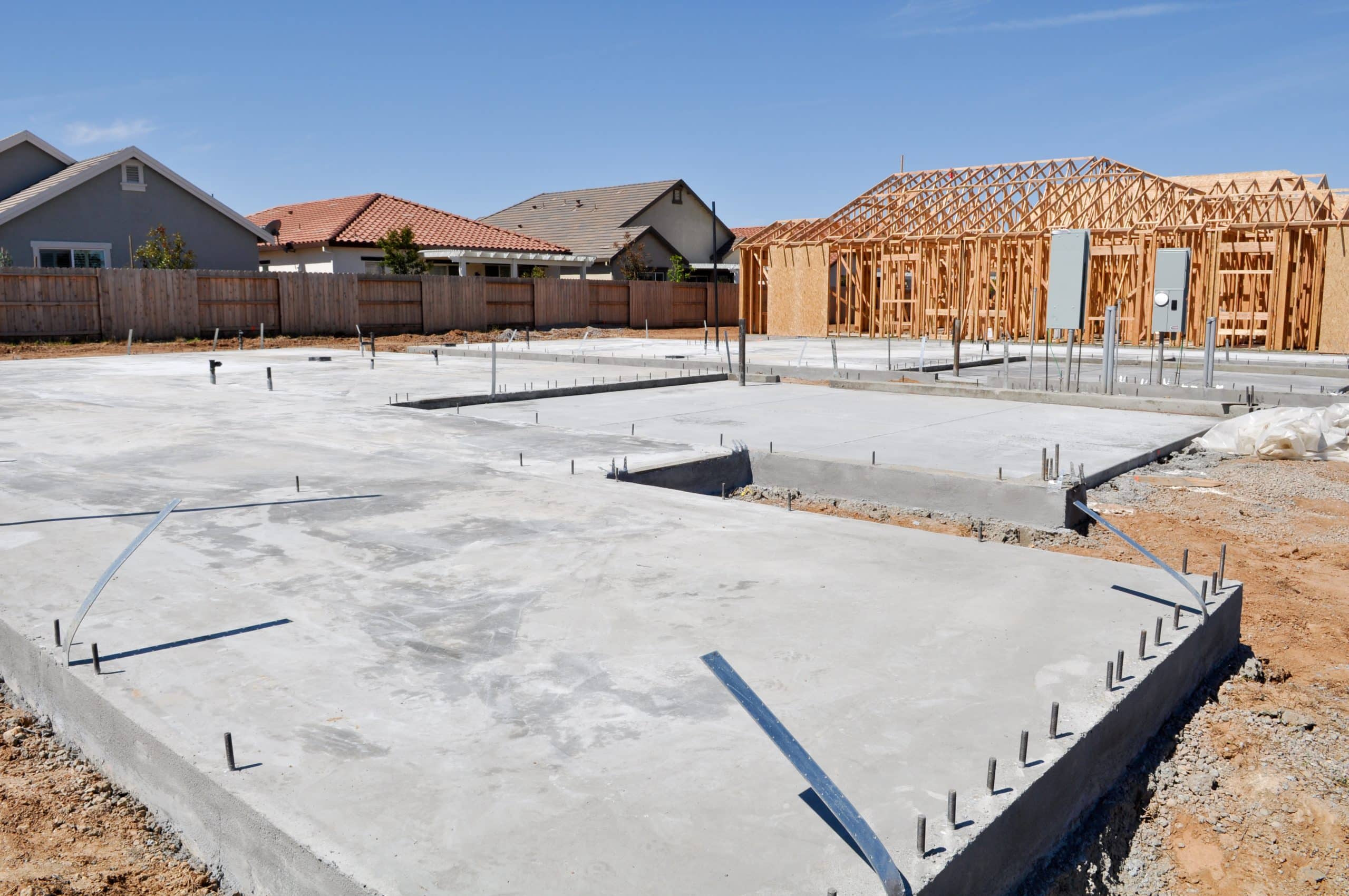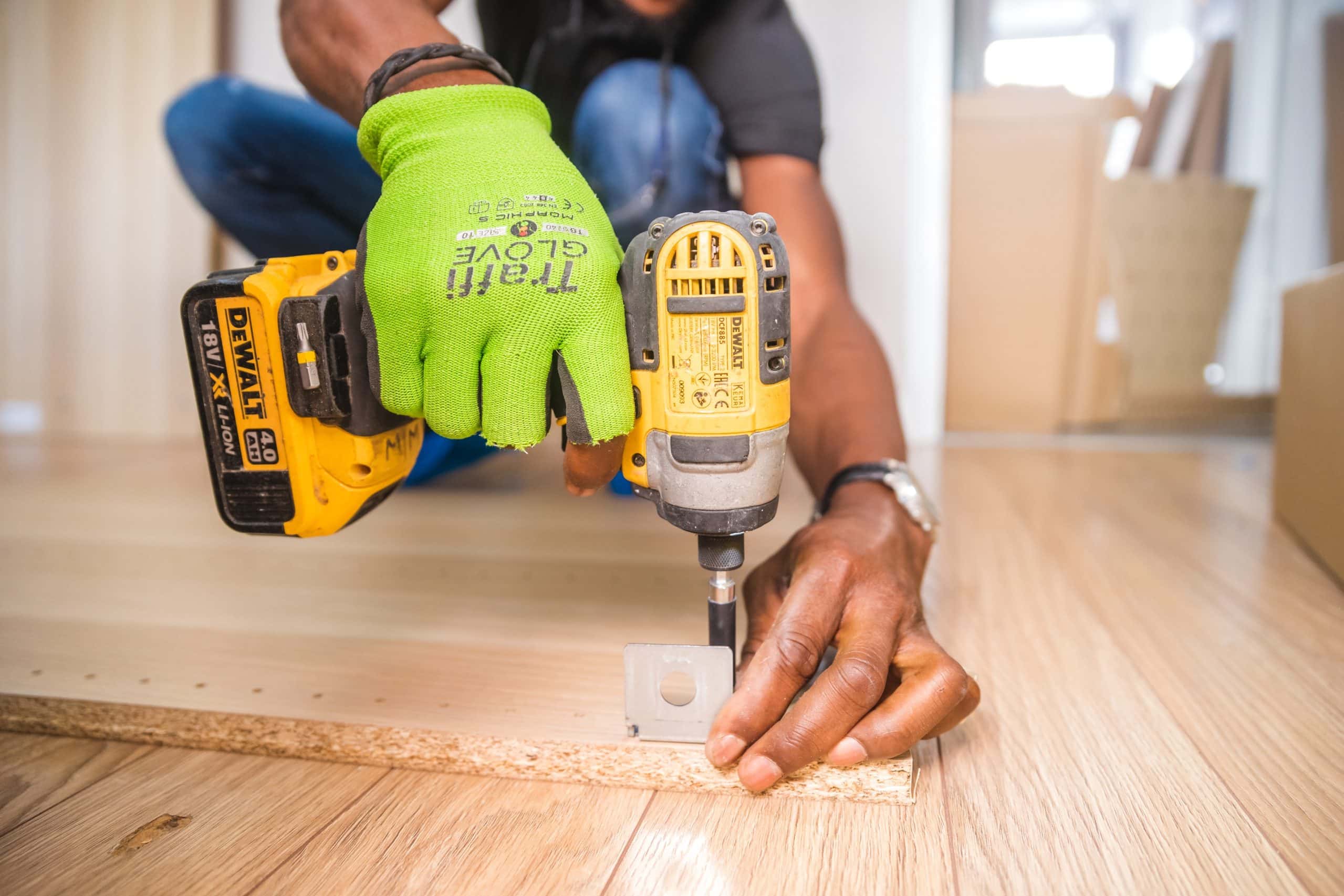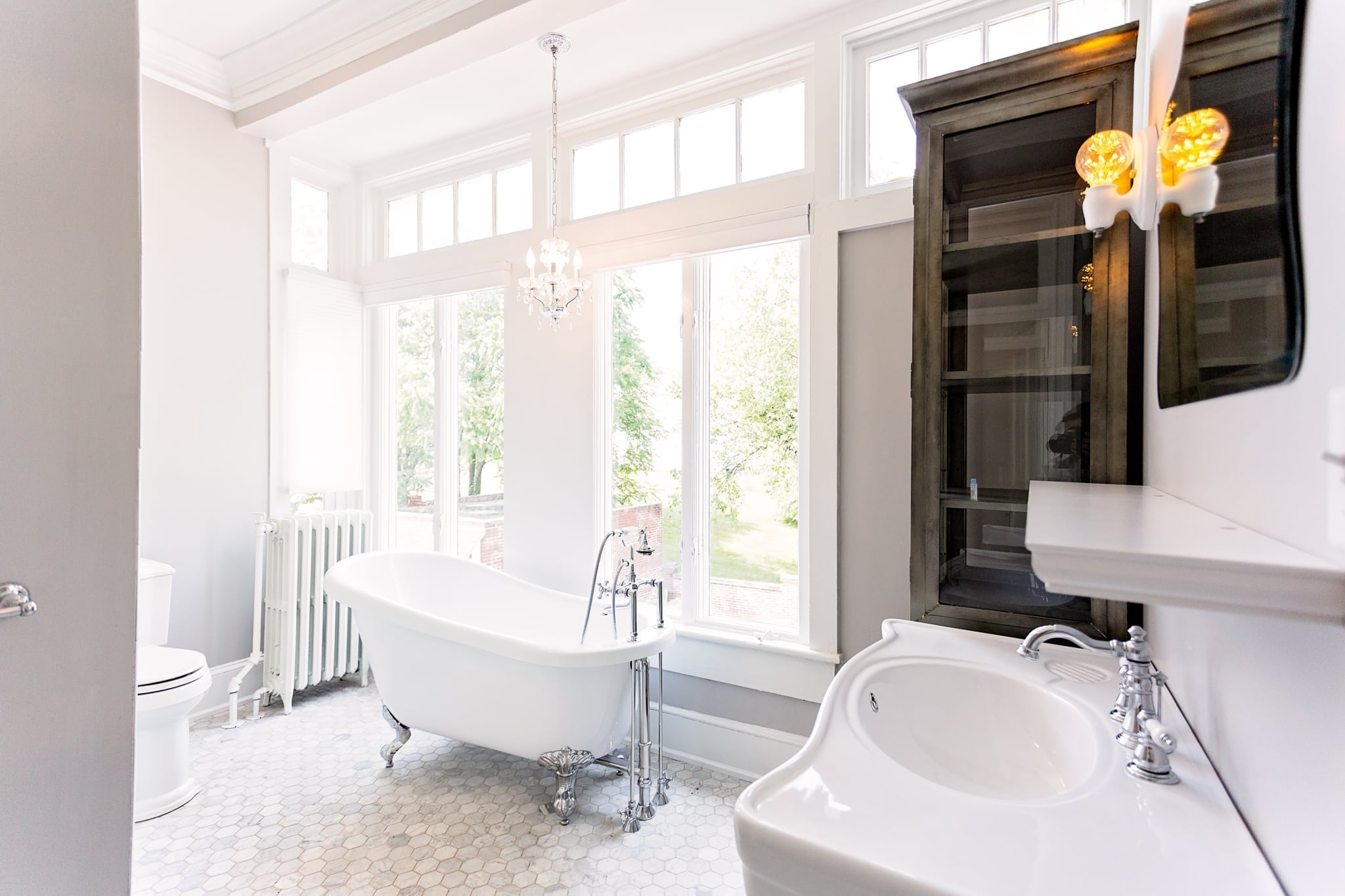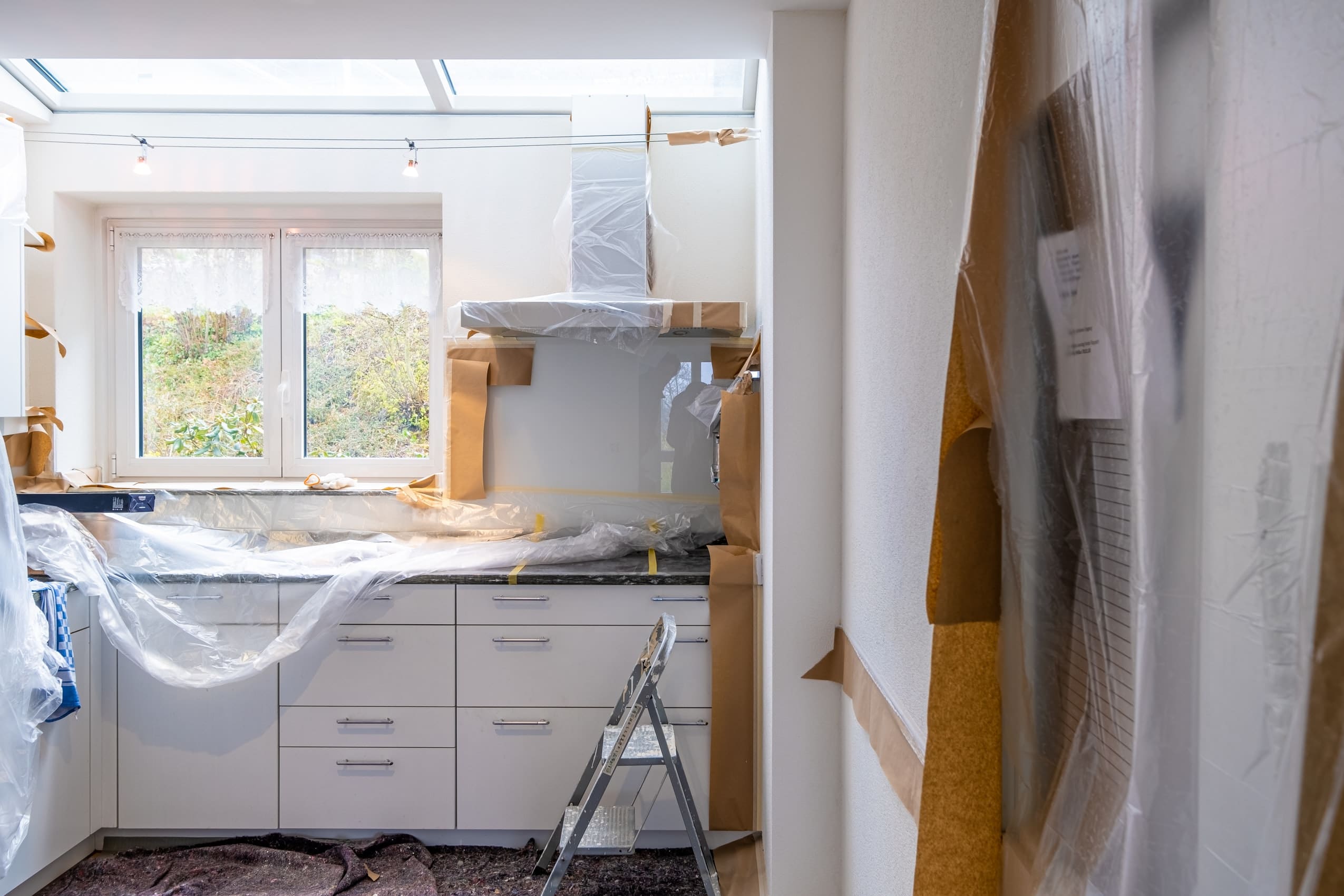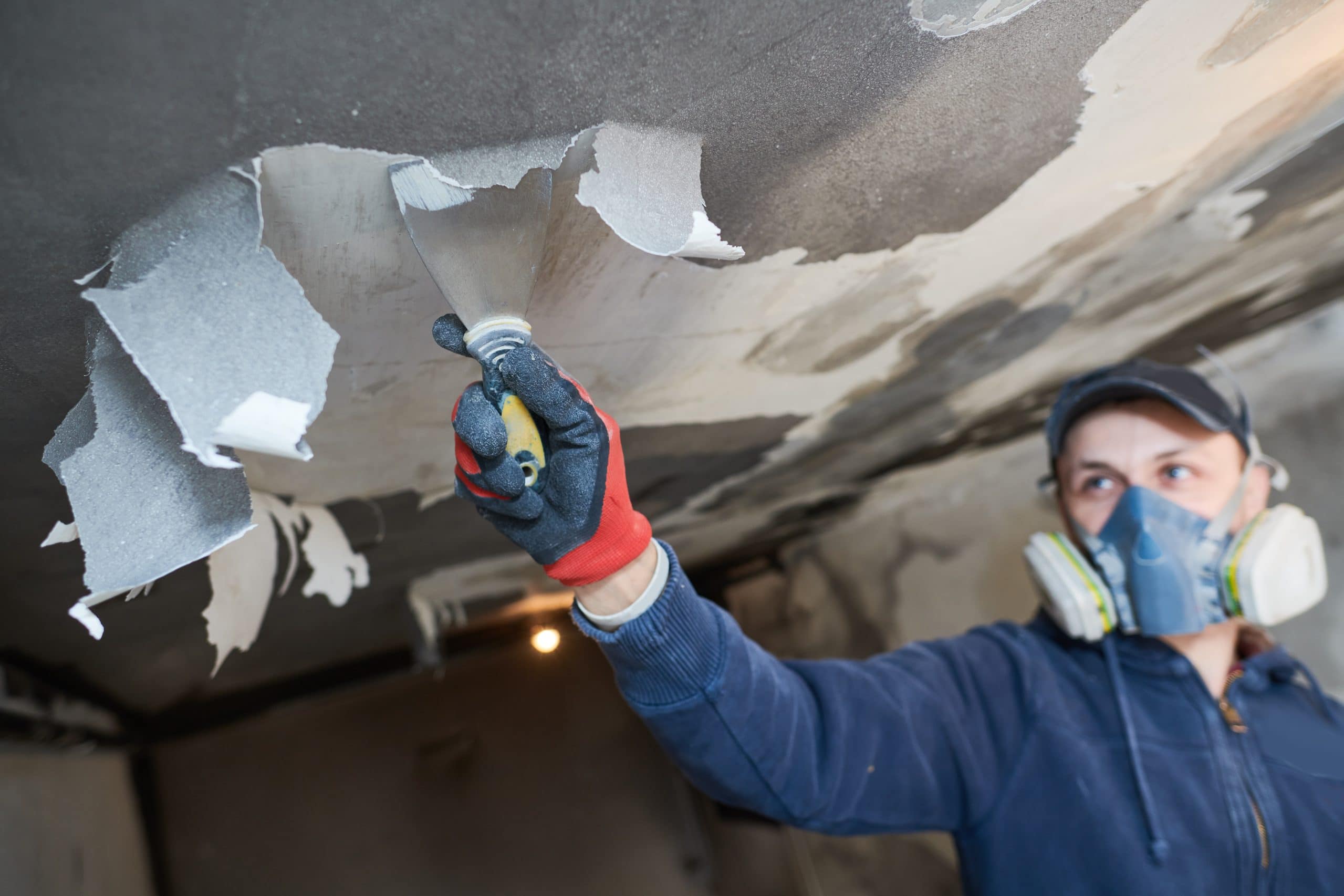
If there’s one universal truth about home renovation projects, it’s that they require no small amount of planning, work, trust, and love. But add a historical home to the mix? And the need for all of those things (excuse our pun) goes through the roof.
So how can families with historic homes go about preparing for their remodel, renovation, or restoration… Without being plagued by anxiety for months on end?
It really comes down to choosing the right expert & planning for success. When working with historic homes, the most important thing a homeowner can do is find an expert with experience working on historic properties, who understands the intricacies involved with building and permitting as they pertain to older homes.
Apart from that crucial step, here are a few other steps we recommend taking as you plan for your historic home renovation projects.
1. Clarify Your Vision
Your home is your castle—and it’s best to approach your historic renovation with extremely clear ideas about what you want out of the project. Give detailed instructions as to what original elements of the home you feel strongly about preserving, verses which will need to be updated.
2. Protect Irreplaceable Artifacts
Are there certain elements your home that might need to be protected during the renovation process? Delicate chandeliers, light fixtures, or molding may be examples of elements to consider protecting. If these elements can be temporarily removed during renovation, all the better. If not, create a plan with your team to ensure nothing is damaged along the way.
3. Be Clear (And Realistic) About Your Budget
Budgeting is always a point of stress during renovations… But even more so with historic homes, which can be full of “surprises” that can eat up a budget fairly quickly. Work with a trusted professional to determine what a realistic budget for your wants might be, and plan accordingly.
4. Get Your Permits In Order
One of the biggest challenges with historic homes comes with bringing an older home up to modern day code. Work with your restoration expert to determine what specific elements of your home may pose a permitting issue. Likewise, be sure to check your local laws for specific laws that may inform how a historic home in your area can be altered/worked on. Doing your homework might not be fun, but it can save you a lot of heartache down the road!
Restoring A Historic Home In WV, VA, MD, or PA?
We’re here to help! With more than 10 years of experience working on historic homes, our team has the expertise and experience to bring your home into the 21st century, without losing any of the classic charm you love. Get in touch with us HERE for more information!


